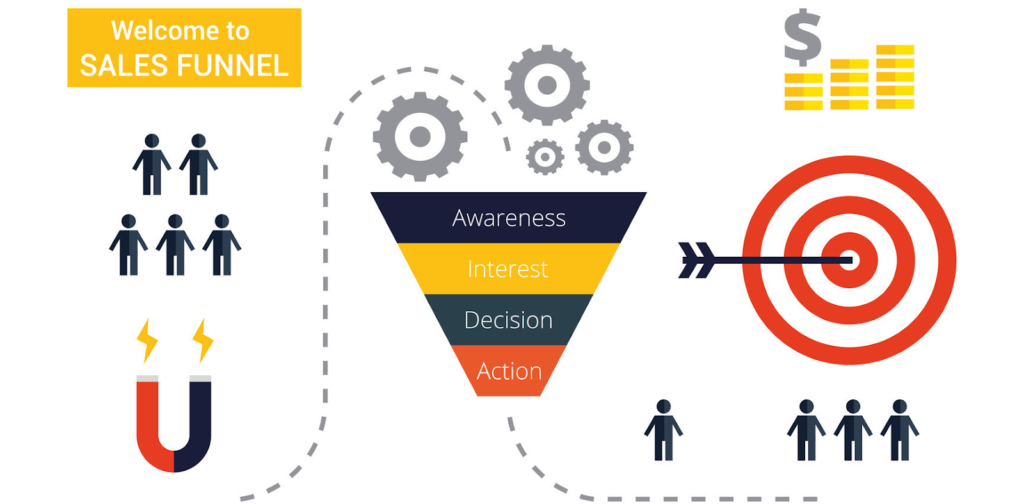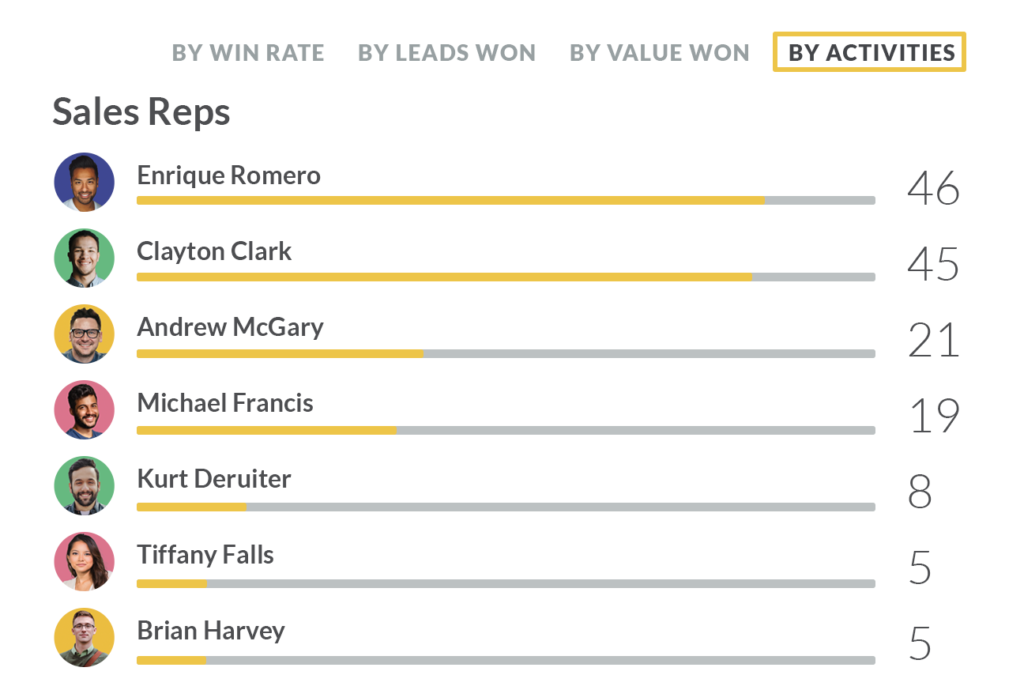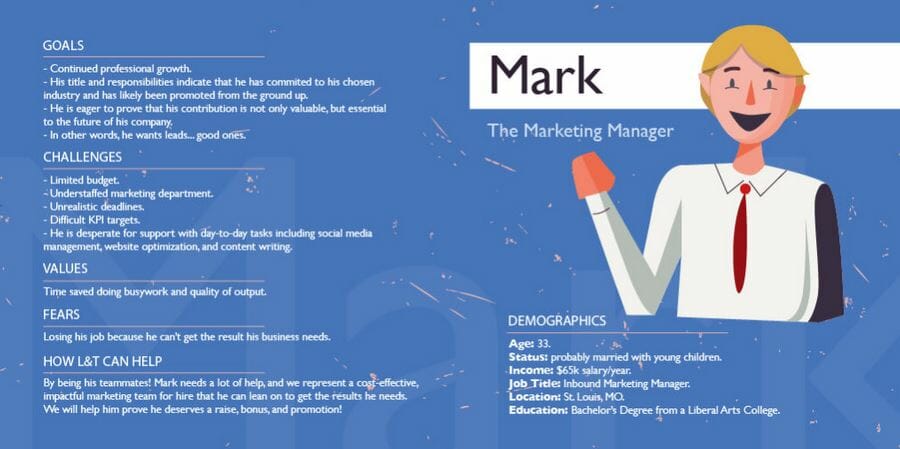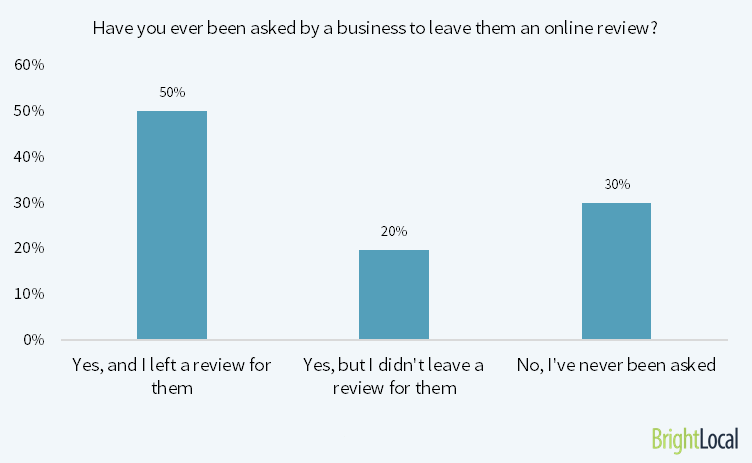The higher customer satisfaction, the more sales. That’s simple. Yet, many fail to see that it’s a two-way street — sales can affect customer satisfaction too.
Imagine this: a bridal consultant is helping a woman to choose a dress. The client looks at mid-range priced items. By asking her questions about her preferences and dislikes, the consultant may offer something different. Maybe even from the pricier range.
The point is, thanks to a great sales technique, the client will get a dress that fits her better than it would if they’d stick with the initial order.
In this example, the client wouldn’t feel like she was pressed to buy the more expensive item. Instead, she would be delighted that her needs were addressed with care.
Let’s bring down how you can enhance your sales strategy to increase customer satisfaction:
1. Align your marketing, service, and sales teams
For a salesperson, it’s all about closing the deal. However, for a customer, the action starts taking place after the sale. It’s how the product or service was delivered, whether it met their expectations and solved their problem.
That’s where the customer experience shapes itself, and the process of developing associations with the brand starts.
Therefore, your marketing, service, and sales teams must work together to support your customer at every step of their journey. While your sales agents are at the front lines, hunting, negotiating, and signing contracts, the marketing team works to build awareness and attract leads.

At the same time, customer service provides support, communication, gives information, and resolves issues.
To make all the processes smooth, your teams need access to a wide array of materials. Proper information administration helps your employees stay tuned and work together to keep customers engaged via blog posts, social media, FAQs, white papers, and more.
By utilizing sales tracking software, you allow your sales managers to track their performance, and cross-team shadowing helps each team member to understand the value of their colleague’s work.

2. Take time to understand your customer
Before you can offer something valuable to your customer, you should make an assumption about their needs. As a sales representative, you can go by asking a series of questions that will help to identify customer’s expectations:
- What in our product/service interests you the most?
- How open are you to change?
- What is your biggest barrier?
- What are your criteria?
- Have you tried other similar products/worked with another company?
- How can we serve your needs better?
- What do you need our product/service to do?
Create a buyer persona. As a manager, you can make this less of a guessing game and come up with a buyer persona. A persona is a detailed description of an imaginary person who would be a perfect customer for your business. To gather the necessary information, you can interview your audience and use the existing data.

Interviews are a great way to get to know your potential audience both at the outset of your business and as an established company. Reach out to your customers and ask something about themselves, why they chose your product or service, what would they suggest you improve.
Keep gathering information until you see clear trends.
The second method involves using CRM and customer analytics data. You can add exit surveys to your website and install a user behavior tracking tool.
From here, you should learn what age group the majority of your customers are in, the industry they work in, job title, your most efficient promotion channel, etc. Use this information to paint a portrait of your ideal customer and create an efficient framework to engage and convert them.
3. Provide information
In customers’ eyes, salespeople should not just be there waiting until an interested consumer expresses readiness to buy. They look for experts who can explain why their product or service is more valuable than others in the market.
Customers want a reasoned comparison between different solutions that are tailored to their specific needs.
More than that, they know nothing is perfect, and they want to know about the potential pitfalls as they choose to buy from your company. In other words, as a sales rep, you should know your customer’s business better than themselves and be able to guide them through to their goals.
Create a good website. You need a great deal of credibility before your customers decide they can use your help. Since we are in the era of online shopping, you can start with a good website, which is the one that lands you customers and even helps you track leads.
Ensure your website provides excellent UX and makes it easy to get in touch with your company representative when needed. A customer service widget is a great tool to make visitors feel at home since they know there is someone to assist them in their search.
Collect testimonials. Remember that people tend to read other customers’ reviews before they decide to purchase. At the same time, only half of the consumers actually leave a review after being asked.

So, reach out to your customers regularly with an invitation to rate how you’ve been doing and feature it on your website.
Build connections. Nowadays, consumers look for commitment rather than tools. Instead of pushy hard-selling messages, focus on relationships. Market yourself through social media with value-driven posts and messages.
Ask questions about where your customers currently are and be ready to offer some insights that they can use to improve their situation.
4. Use negotiation techniques
You were one step away from closing that deal, and then the prospect wanted to “talk about the details”. That hurts. However, as mentioned earlier, customers want a sales rep to be more of an advisor rather than someone who receives a commission from every sum they spend.
Still, with proper negotiation skills, you can keep this part warm and beneficial for both parts:
- Walk the customer through the benefits of your product/service for them personally. Show them the options and outline the possible scenarios for solving their problem.
- Remind them about the value. Earlier in the conversation, you had a chance to learn the customer’s pain. Now it’s time to quantify the emotional and financial cost out loud.
- Stress on their past experience using a similar product/service from another company and explain how you can do it better.
- Learn to identify the right customer. Sometimes people are “just looking”. You will save time and motivation by avoiding those who are not decision-makers.
5. Create a convenient environment
People love Uber Eats because it’s fast, provides variety, and delivers any time of the day. Whatever is your schedule, you can always rely on them. The same goes for stores and online shops. Actually, research shows that we prefer shopping at 24/7 stores with a variety of choices even if we have to travel a bit further.
Have a digital presence. Therefore, to improve customer satisfaction, you have to build convenience. Have active profiles on the platforms that your customers use, SEO optimize your blog and social content to be easily found on Google search and through social networks. Make sure you are active in the hours when your customers tend to scroll their feed.
Make it easy to contact your business through the same channels your customers use to communicate with their friends. This way, you are very likely to get their attention.
Respond quickly. In the connected world, customers expect to get a response within 10 minutes. For a live chat, this number is even less. To maximize your clients’ satisfaction, you can utilize canned responses, use messengers and automation tools to help several customers at once and even get an AI bot to deal with simple tickets.
Final thoughts
A good sales strategy brings satisfied leads, and happy leads result in higher profits. It is more than retaining customers, it is about caring to truly know your market.
Start by researching and creating a buyer persona. This way, you will better understand what your customers are thinking and their triggers to make a purchasing decision. Next, apply employee training and technology so that your sales, support, and marketing teams work together.
Lastly, customers’ needs change over time, so check your data, search for new insights and revisit your strategy every once in a while.



